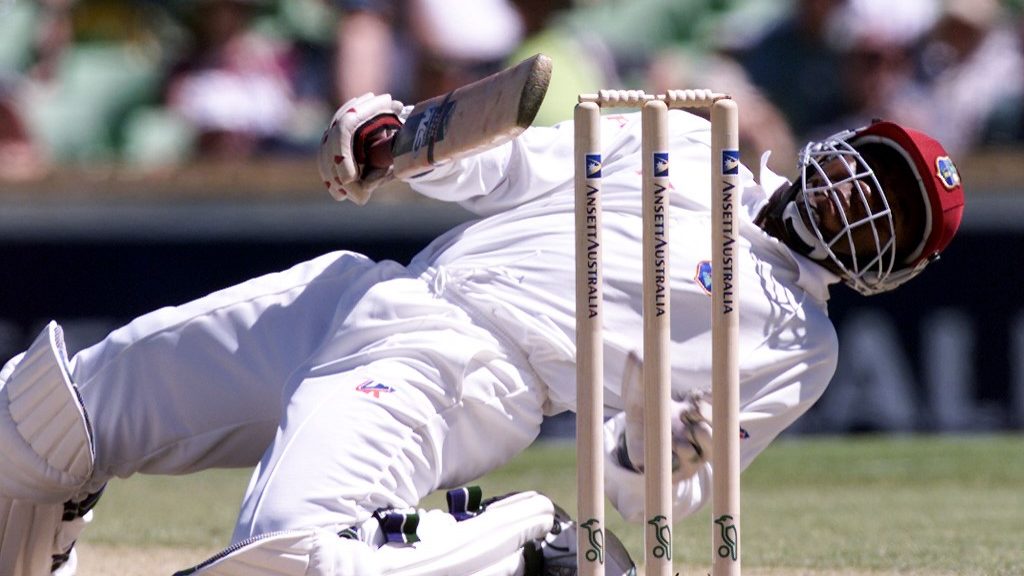Three traditions that are no more found in modern cricket

The game of cricket has been very flexible to meet the demands of time. Over the years, one has seen the game evolve by leaps and bounds. The governing body of the game introduced the T20 format to make the game more appealing to today’s generation. The use of technology has been increased too to make sure that the mistakes are minimised. At the same time, the game has also left behind several traditions for different reasons. So through this article, we are taking a look at three lost traditions of cricket.
3. The Rest Day:
Most of the cricket fans might not have even heard of this. In an era where there is hardly any gap between two Tests, the idea of having a rest day in the middle of a game is quite unimaginable. But things were different a few decades ago when the cricket calendars were not too cramped. As a result, the rest day was a regular feature of Test Cricket well into the 1980s.
The rest day was normally staged between the third and fourth day’s play. It has now been more than a decade since a rest day was taken in between a Test match. It last occurred during the 2008 Dhaka Test between Sri Lanka and Bangladesh when there was no action on day four since it coincided with the national elections. It was also the first Test in seven years to have a rest day. The rest day tradition started to come to an end during the 1990s.
2. The Pongal Test:
Just like the Boxing Day Test is a showpiece event of Australian and South African home seasons, the Pongal Test was one for India. The Indian team had its own tradition of a Test played during the Pongal period (in mid-January) in Chennai. Tests during Pongal were a big crowd puller. Often there are 2-3 days holiday during that period and the usually harsh Chennai weather also remains pleasant around that time of the year. But unfortunately, the Pongal Test has become a part of history. The first edition of the Pongal Test was played in 1959-60 while the last Test match played way back in 1988 when debutant Narendra Hirwani had famously taken 16 wickets to help India beat West Indies. Overall, India played 9 Pongal Tests.
1. Fast bowlers not bowling bouncers to tail-enders:
Bowling bouncers has always been an indispensable part of fast bowlers’ strategy to intimidate the opposition players and eventually dismiss them. In present days, it is a regularly used strategy to wrap up the tail. But things were very different in the gentlemen’s game in yesteryears.
In earlier times, the fast-bowlers did not rally on short-pitched stuff to get rid of tail-enders. In those days, there were no helmets, and the players used to wear very little protective equipment. Most importantly, the bowlers hardly had the skills to play the fast-bowlers and thus the latter rarely bowled bouncers at them. But the situation is very different now and the fast-bowlers regularly bowl bouncers at tail-enders to trouble and dismiss them.
